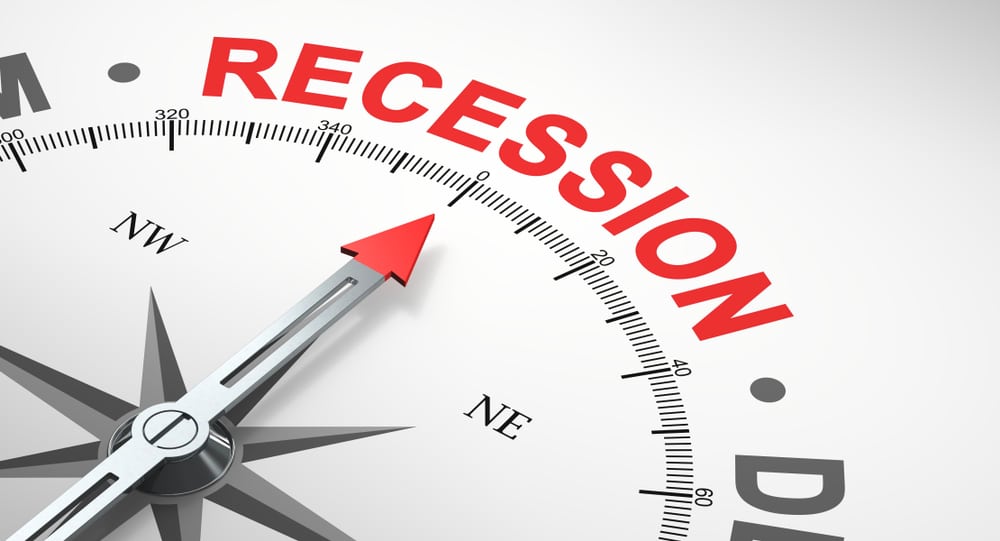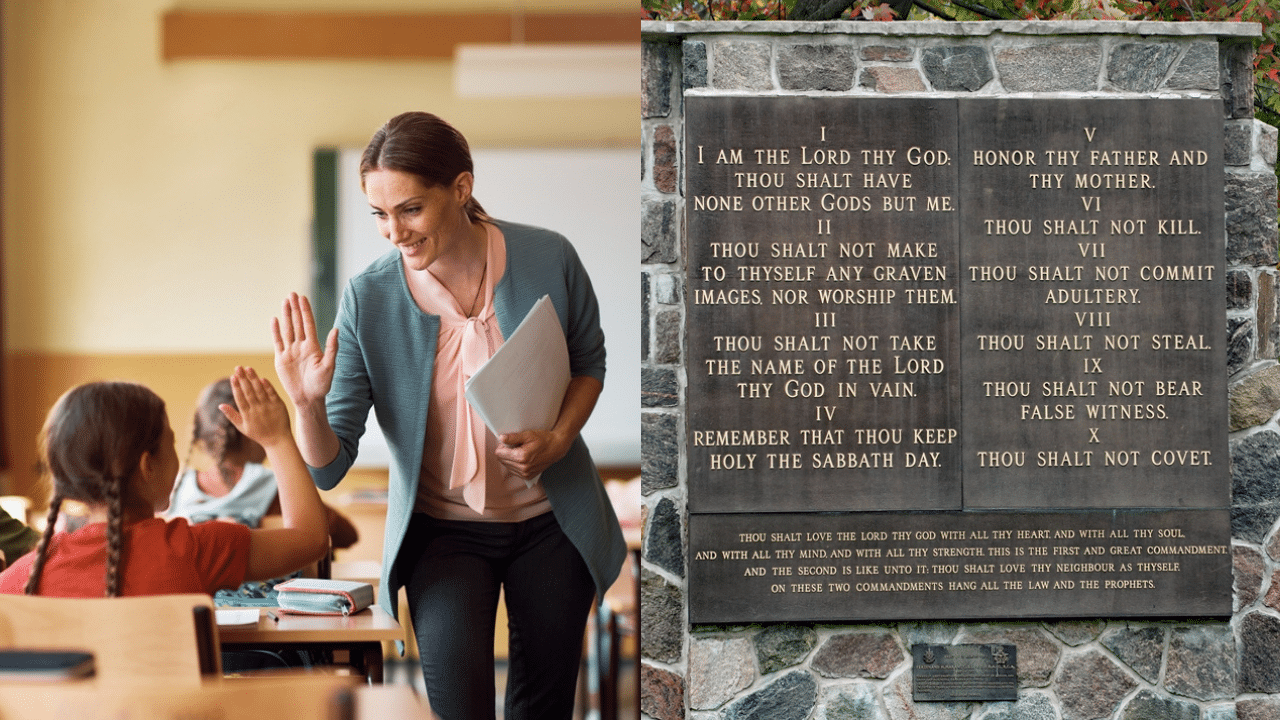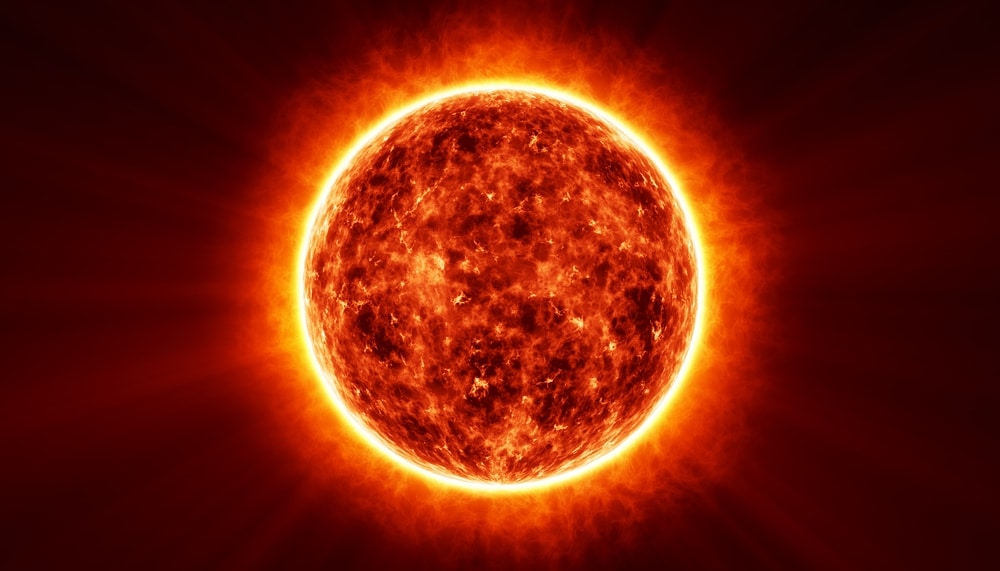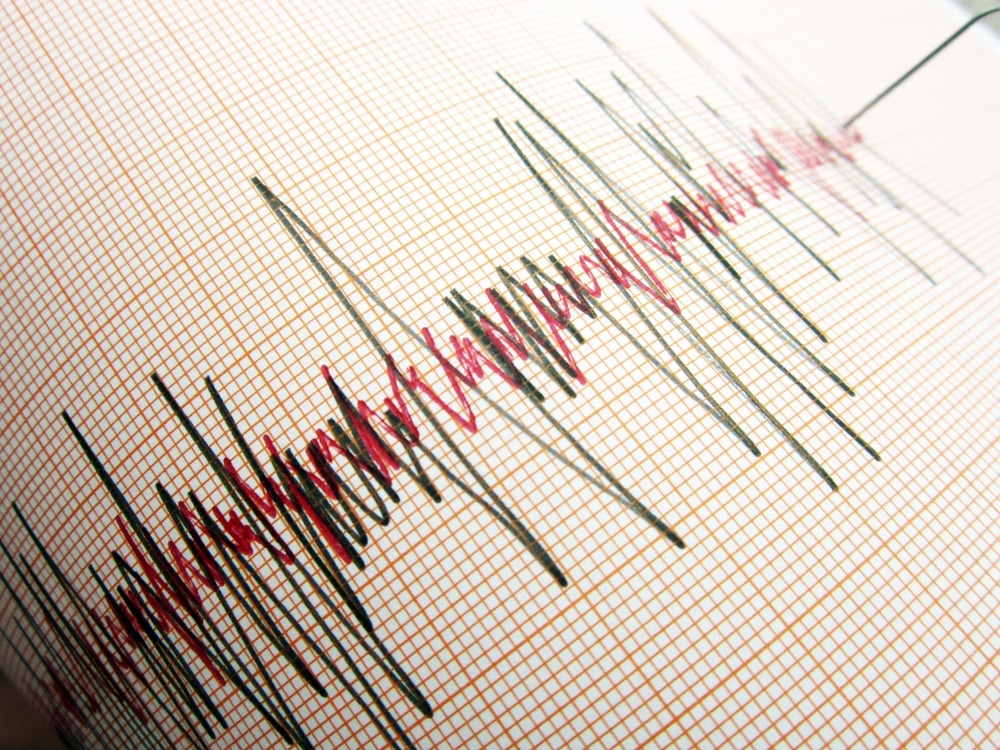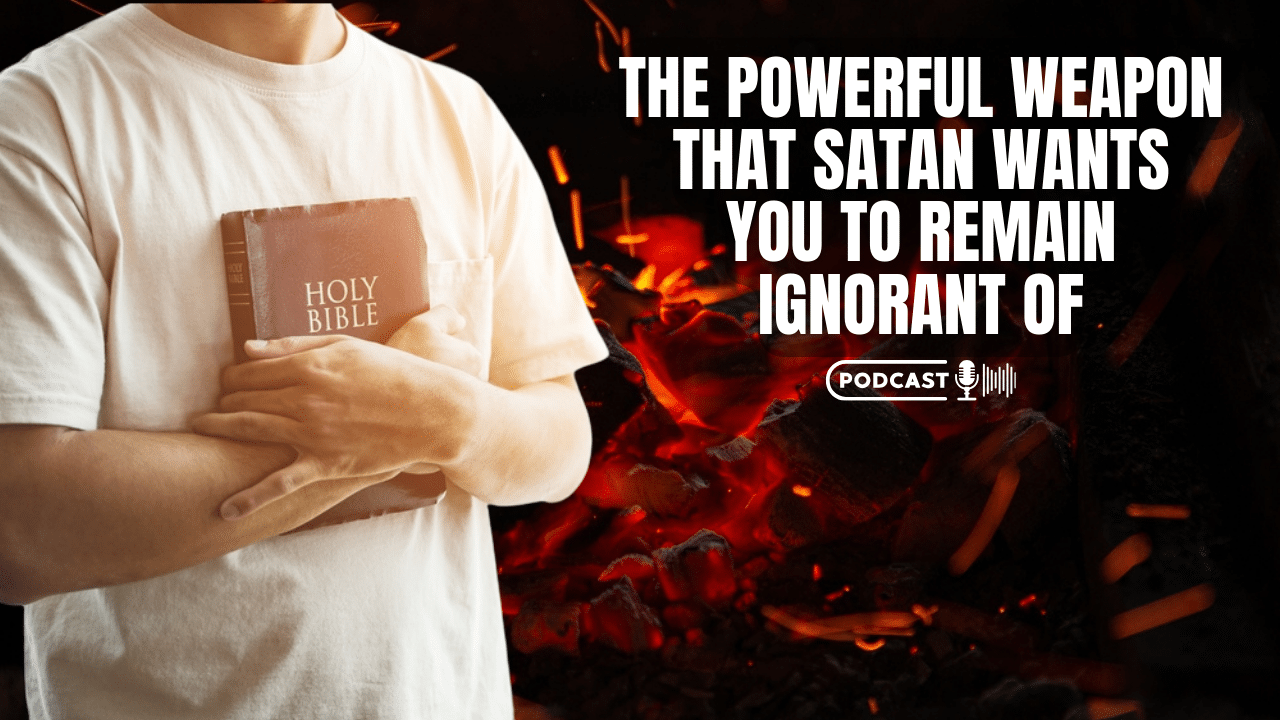The U.S. economy contracted for the second straight quarter from April to June, hitting a widely accepted rule of thumb for a recession, the Bureau of Economic Analysis reported Thursday.
Gross domestic product fell 0.9% at an annualized pace for the period, according to the advance estimate. That follows a 1.6% decline in the first quarter and was worse than the Dow Jones estimate for a gain of 0.3%.
Officially, the National Bureau of Economic Research declares recessions and expansions, and likely won’t make a judgment on the period in question for months if not longer.
But a second straight negative GDP reading meets a long-held basic view of recession, despite the unusual circumstances of the decline and regardless of what the NBER decides. GDP is the broadest measure of the economy and encompasses the total level of goods and services produced during the period.
“We’re not in recession, but it’s clear the economy’s growth is slowing,” said Mark Zandi, chief economist at Moody’s Analytics. “The economy is close to stall speed, moving forward but barely.”
The decline came from a broad swath of factors, including decreases in inventories, residential and nonresidential investment, and government spending at the federal, state and local levels.
Consumer spending, as measured through personal consumption expenditures, increased just 1% for the period as inflation accelerated. Spending on services accelerated during the period by 4.1%, but that was offset by declines in nondurable goods of 5.5% and durable goods of 2.6%.
Inventories, which helped boost GDP in 2021, were a drag on growth in the second quarter, subtracting 2 percentage points from the total. Inflation was at the root of much of the economy’s troubles. The price index for gross domestic purchases jumped 8.2% in the quarter, much higher than the 7.5% estimate. READ MORE

